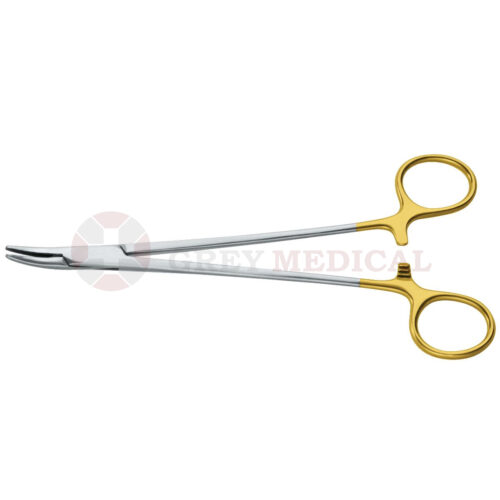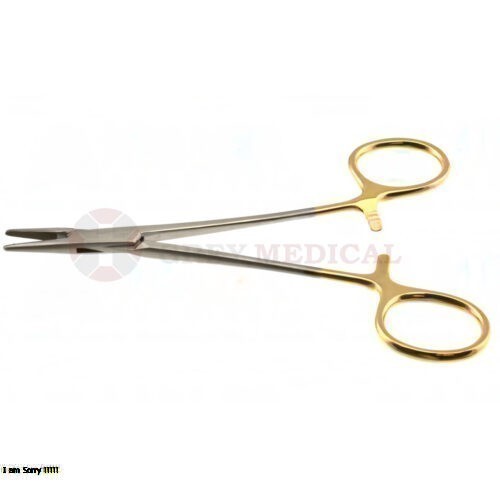Suturing techniques are at the heart of every successful surgery, ensuring tissues are closed properly and bleeding is controlled. Among these, the Heaney stitch is a crucial technique widely used in gynecological procedures. This blog will delve into the specifics of the Heaney stitch, its uses in surgery, and why it remains a trusted method for controlling bleeding and securing tissues.
Introduction to the Heaney Stitch
The Heaney stitch is a continuous running suture, specifically designed to secure tissues and control bleeding, particularly in the pelvic region. It was first introduced by Dr. John Heaney, a pioneer in gynecological surgery, and has since become a staple in procedures like hysterectomies and ovarian surgeries. The stitch is typically used to tie off blood vessels and secure the uterine arteries during these operations, reducing the risk of postoperative complications.
When is the Heaney Stitch Used?
The Heaney stitch is primarily used in gynecological surgeries, particularly those involving the uterus and ovaries. Common procedures where this stitch is employed include:
- Hysterectomies: One of the primary applications of the Heaney stitch is in hysterectomies, where it is used to control bleeding from the uterine arteries and other pelvic vessels.
- Myomectomies: In surgeries involving the removal of fibroids, the Heaney stitch is often used to close the uterine wall after the fibroids have been excised.
- Pelvic organ prolapse surgeries: Surgeons may use this stitch to secure tissues during the repair of pelvic organ prolapse, ensuring proper support of the pelvic structures.
Step-by-Step Application of the Heaney Stitch
Performing the Heaney stitch requires careful attention to detail. Here’s a basic overview of the steps involved:
- Clamp the Tissue: Before starting the suture, Heaney clamps are used to compress the tissue, controlling blood flow and reducing the risk of excessive bleeding.
- Insert the Needle: The surgeon inserts the needle through the tissue, ensuring a deep bite that includes the blood vessel. This step is crucial for achieving effective hemostasis.
- Run the Suture: The suture is run continuously, passing the needle through the tissue in a smooth motion. Each pass of the needle should ensure the inclusion of the vessel to prevent bleeding.
- Tie the Knot: Once the suture is complete, the stitch is tied off securely to hold the tissue in place and maintain hemostasis.
Key Benefits of the Heaney Stitch
The Heaney stitch provides several benefits, especially in gynecological surgeries:
- Enhanced Bleeding Control: One of the stitch’s primary purposes is to control bleeding, especially in areas with larger vessels.
- Secure Tissue Approximation: The continuous running nature of the stitch ensures that tissues are securely held together, which is critical for proper healing.
- Prevention of Hemorrhage: The Heaney stitch significantly reduces the risk of postoperative hemorrhage, one of the most common complications in pelvic surgeries.
Conclusion
The Heaney stitch remains a cornerstone technique in gynecological surgery, particularly for controlling bleeding and ensuring proper tissue closure. Surgeons who master this technique are better equipped to manage complex pelvic procedures and provide their patients with optimal outcomes.





Comments